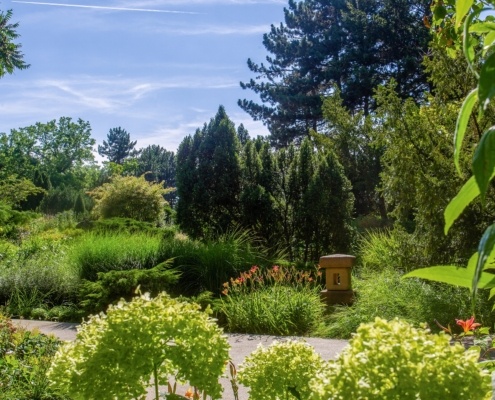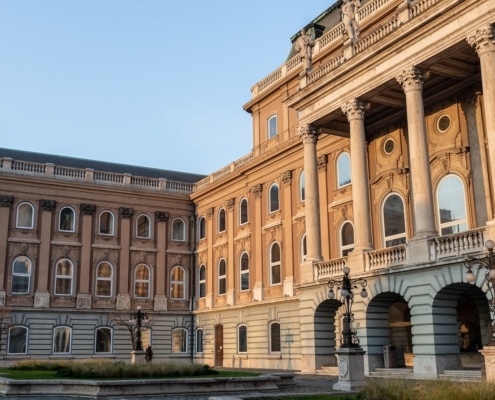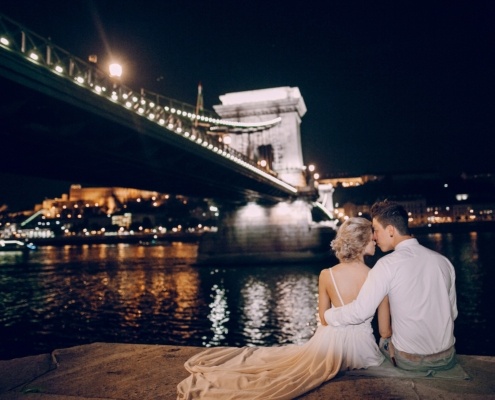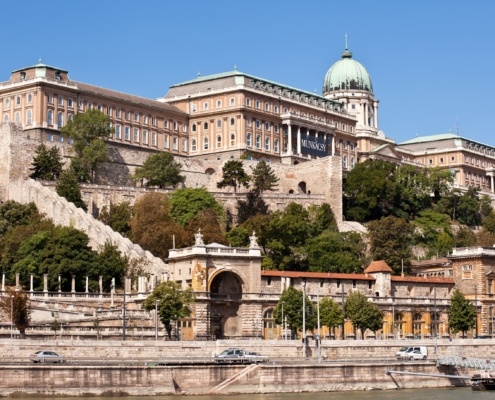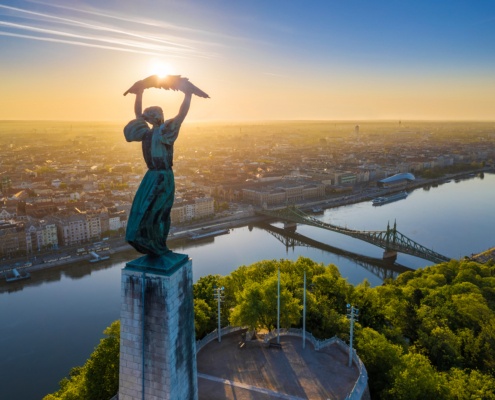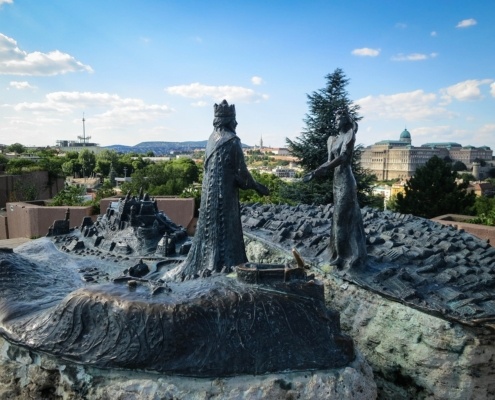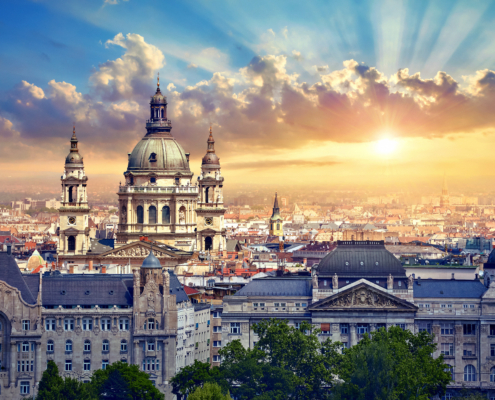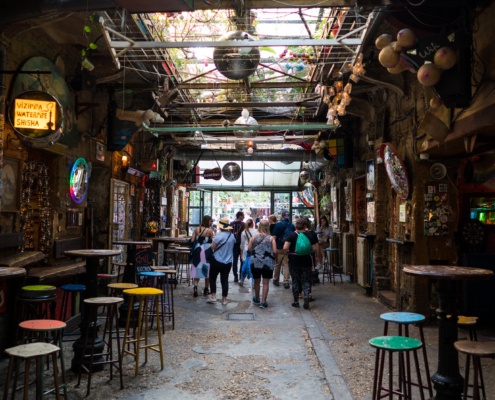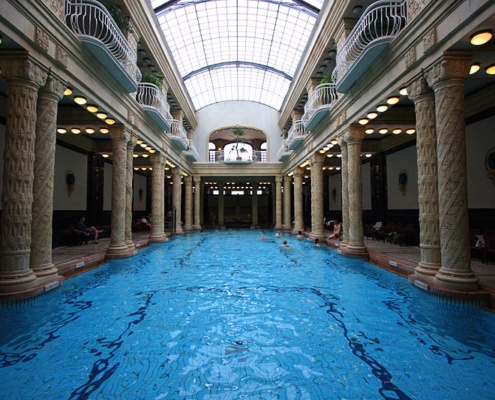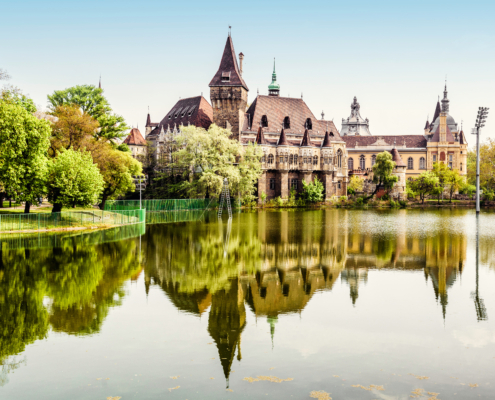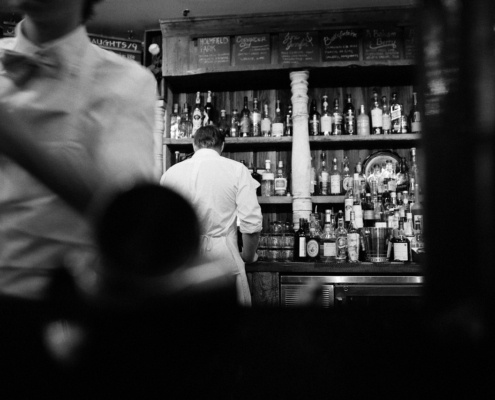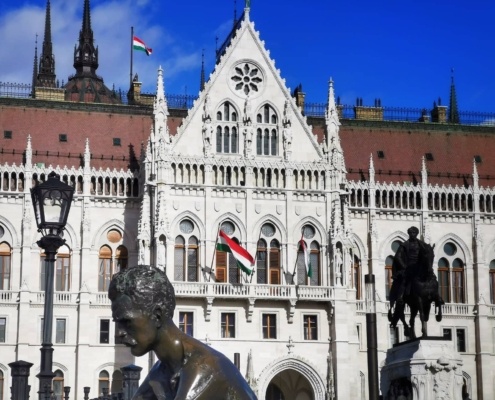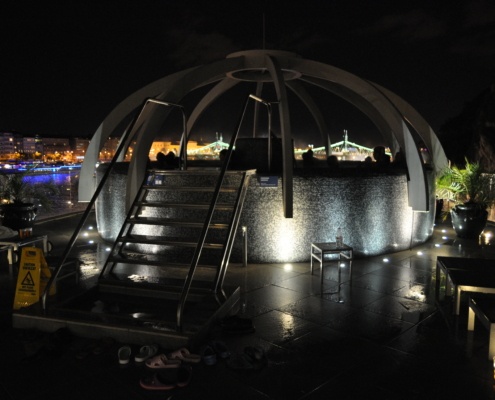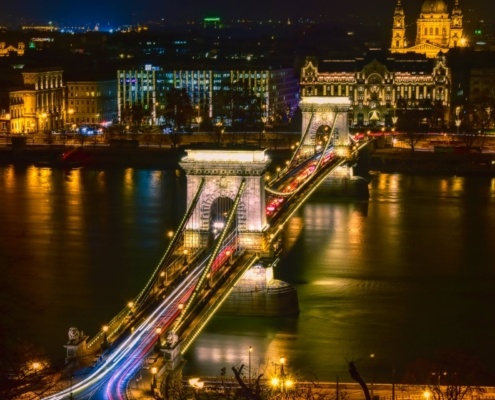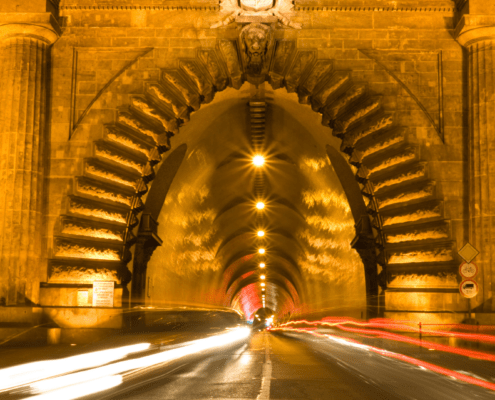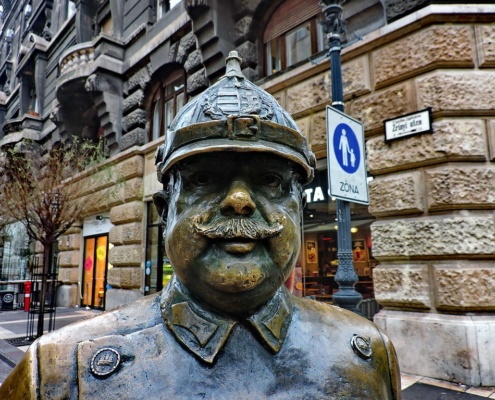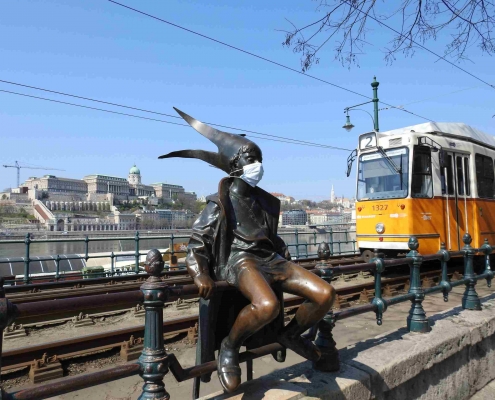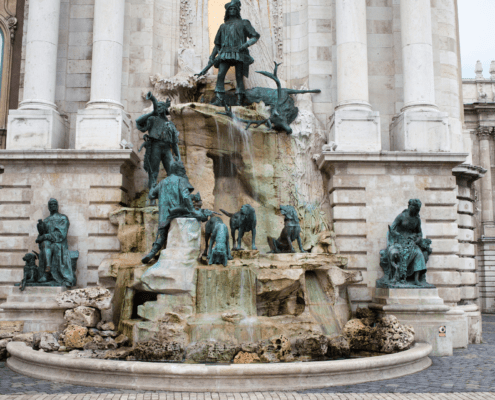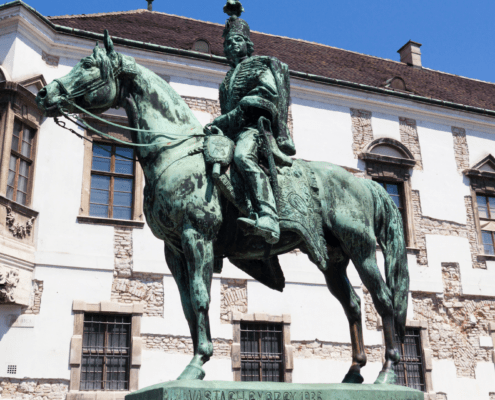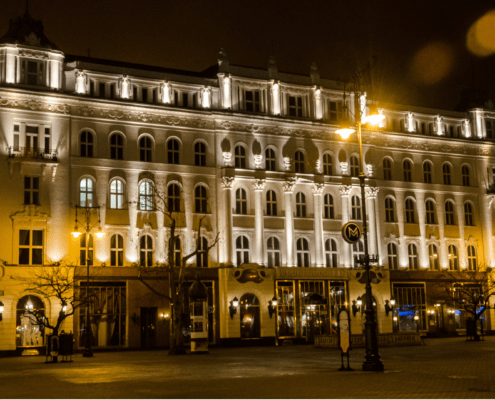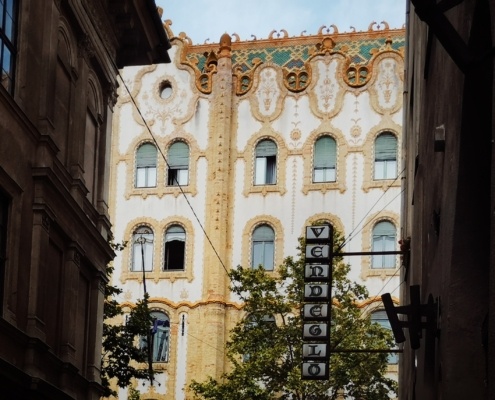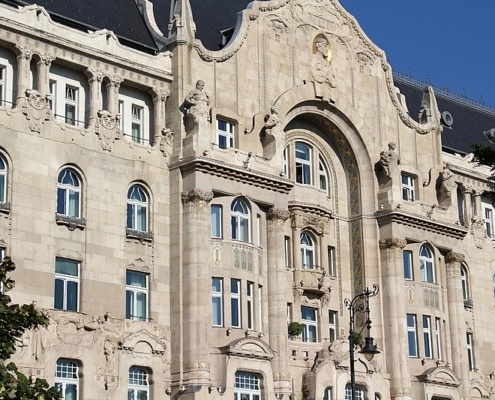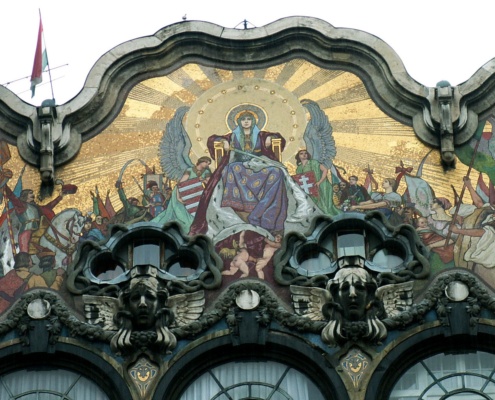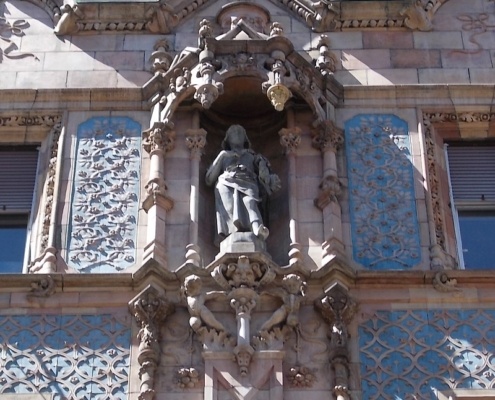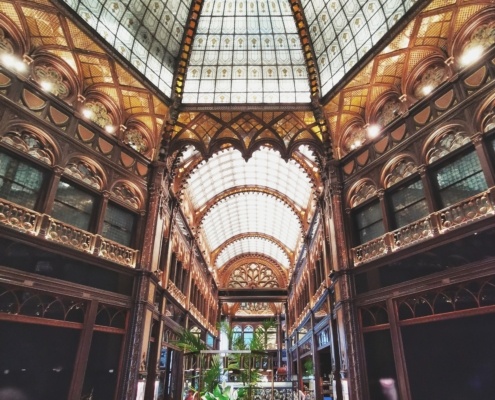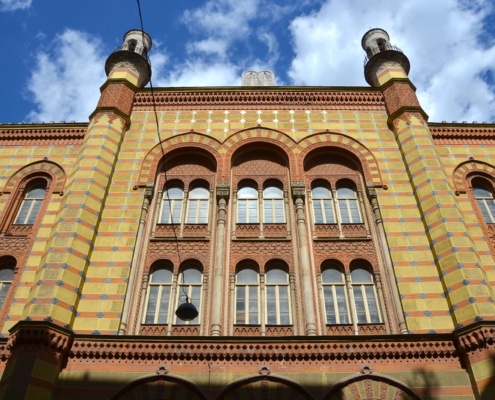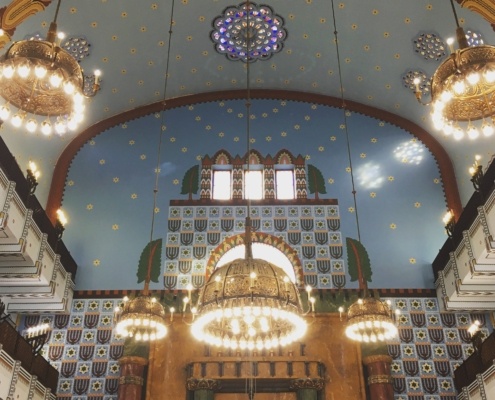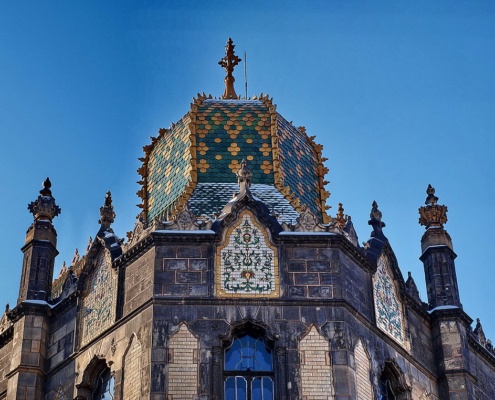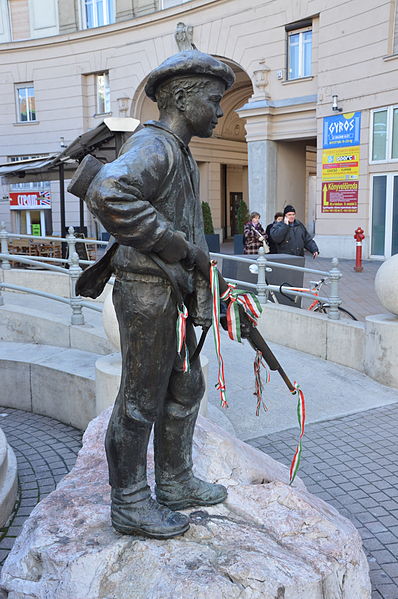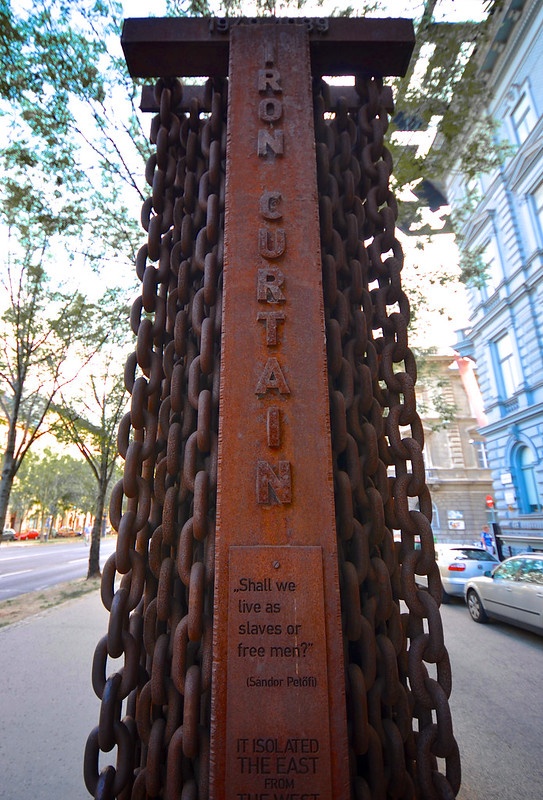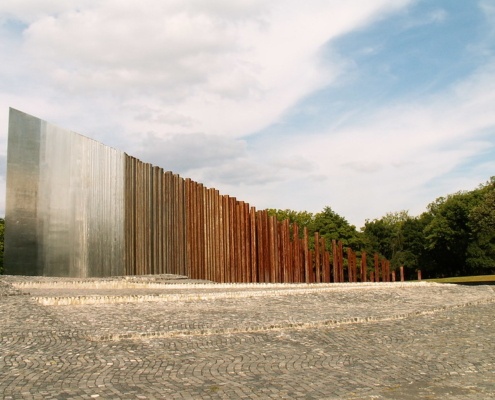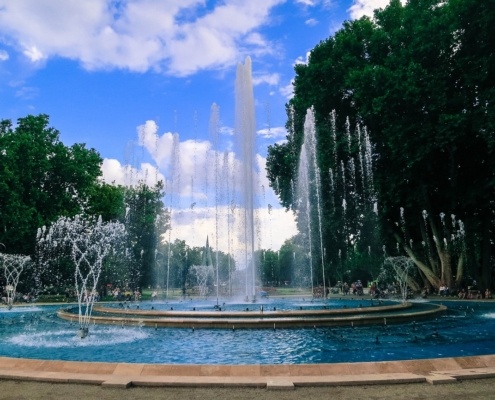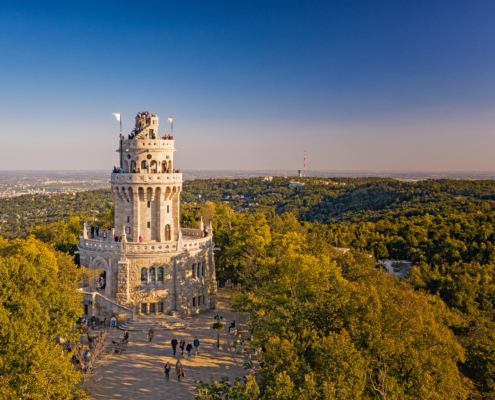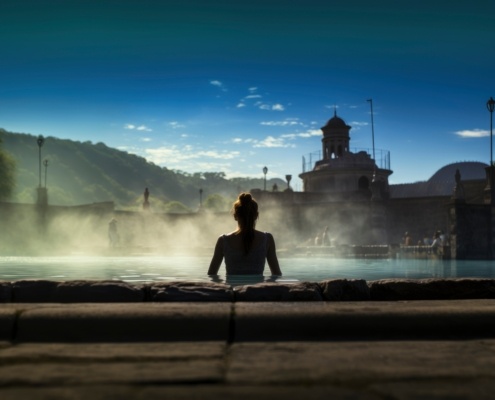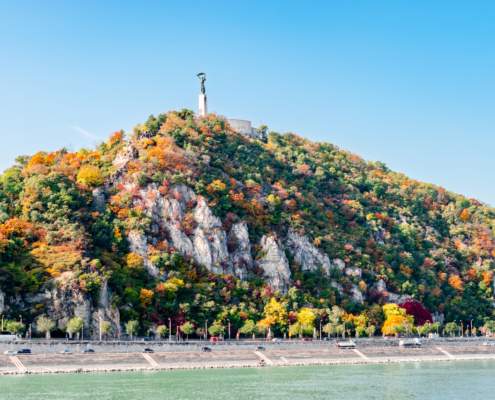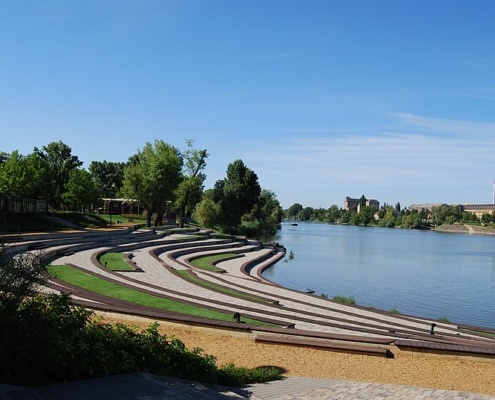Romantic Budapest 2025: Dreamy Photo Spots for Couples
May in Romantic Budapest 2025 is pure magic. As the city bursts into bloom and the Danube sparkles under longer days, love is everywhere. Whether you’re falling head over heels or ready to pop the question, Budapest offers a dreamy backdrop for every kind of romantic moment. Here are 10 of the most breathtaking photo spots — ideal for capturing that “I’m in love” vibe or a life-changing “Will you marry me?” moment.
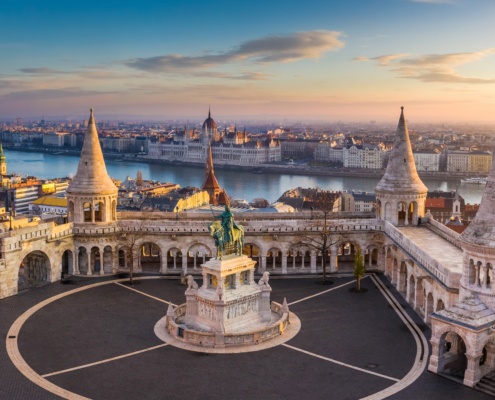
Fisherman’s Bastion at Sunrise
Why it’s perfect: With its storybook towers, sweeping views over the Danube, and soft golden light at dawn, this is the ultimate fairy-tale setting for romance. We saw many proposals at this location and it is always a magical moment.
Tip: Arrive early for peace and the most magical lighting in Romantic Budapest 2025. It is one of the most picturesque destinations in the cit,y so it can be busy at all times.
Margaret Island’s Secret Garden Corners
Why it’s perfect: Tucked between Buda and Pest, this lush island offers cherry blossoms, quiet benches, and plenty of hidden nooks for cozy photos or a low-key proposal.
Tip: Don’t miss the Japanese Garden and the musical fountain for whimsical touches.
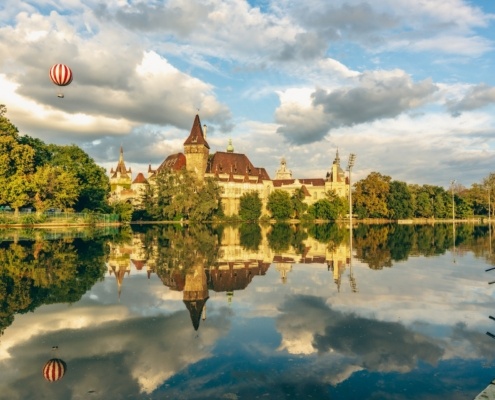
Vajdahunyad Castle in City Park
Why it’s perfect: This romantic, neo-Gothic-style castle looks straight out of a fantasy novel. It’s nestled beside a lake in City Park, making it ideal for dreamy, old-world photos.
Tip: Visit in the late afternoon when the light hits the castle’s façade just right — a must for your Romantic Budapest 2025 album.
Buda Castle Grounds at Sunset
Why it’s perfect: Grand architecture, cobblestone streets, and sweeping city views — the Castle District feels regal and timeless.
Tip: Head to the Savoy Terrace (Savoyai Terasz) for a quieter corner with epic views of Romantic Budapest 2025.
Chain Bridge by Night
Why it’s perfect: Budapest’s most iconic bridge lights up beautifully after dark, making it a classic backdrop for couples in love.
Tip: Twilight is the perfect moment for that dramatic shot with the Parliament glowing behind you.
Várkert Bazár (Castle Garden Bazaar)
Why it’s perfect: With its elegant staircases, lush gardens, and view of the Danube, Várkert Bazár is both grand and intimate — a hidden gem for romantic shoots or proposals.
Tip: Combine your visit with a riverside walk for added magic in Romantic Budapest 2025.
Gellért Hill Lookout Terrace
Why it’s perfect: Offering sweeping, cinematic views over the entire city, Gellért Hill is one of Budapest’s most awe-inspiring spots — especially at sunset or under the evening lights.
Tip: Wear comfortable shoes for the walk up, and bring a bottle of Hungarian red wine. There are no shops at the top, but the view (and the moment) will be more than worth it.
The Garden of Philosophy
Why it’s perfect: This tranquil hilltop spot features symbolic statues and peaceful vibes — a reflective place for couples who appreciate quiet beauty and meaning.
Tip: Bring a bottle of wine or sparkling water and linger after your photos in Romantic Budapest 2025. Actually our friends at Around Budapest organized a special proposal experience here for couples before, if you need a little help organizing your most romantic day, don’t hesitate to contact them.
Rooftop Bars with a View
Why it’s perfect: Toast to your love with the skyline all around you. These bars offer unforgettable views and the perfect setting for a surprise ring.
Tip: Book ahead and let the staff know — they love helping set the mood.
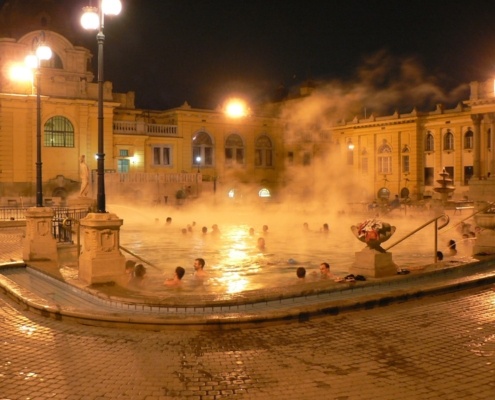
Széchenyi Thermal Baths
Why it’s perfect: Playful, iconic, and visually striking, a steamy soak with historic architecture in the background makes for unique, joy-filled photos.
Tip: Aim for early morning or twilight for a more intimate feel and to avoid the crowd.
Bonus Tip: Let Us Be Part of Your Love Story!
Join our daily free walking tours throughout Budapest, and let your guide know if you’d like help snapping a couple of photos or finding a secret romantic corner only locals know about. We love helping travelers fall in love with the city — and with each other.
So grab your camera (or your ring) — and let Romantic Budapest 2025 be the backdrop for your love story.

